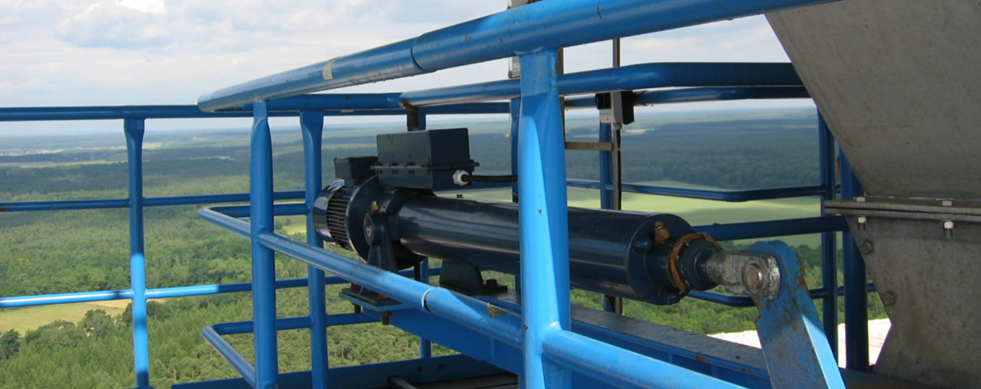Learn how RACO Electric Actuators ensure precise loading in harsh environments with innovative...
Benefits of Solar Tracking Actuators for Solar Panels
Harnessing the full potential of solar energy requires more than just panels; solar tracking actuators revolutionize efficiency and output.
Maximizing Solar Energy Efficiency
Solar tracking actuators significantly enhance the efficiency of solar panels by ensuring they are always positioned to capture the maximum amount of sunlight. Unlike fixed solar panels, which can only collect optimal energy during peak sunlight hours, solar trackers adjust the panel's orientation throughout the day. This dynamic positioning enables a more consistent and higher energy output.
By following the sun's trajectory from dawn till dusk, solar tracking systems can increase energy production by up to 30-40% compared to stationary systems. This improvement in efficiency translates to more electricity generated and a better return on investment for solar installations.
The Science Behind Solar Tracking Actuators
Solar tracking actuators are sophisticated devices that use a combination of sensors, motors, and control systems to move solar panels in alignment with the sun's position. These systems typically rely on algorithms that predict the sun's path based on geographical location and time of year, ensuring precise adjustments throughout the day.
There are generally two types of solar tracking systems: single-axis and dual-axis. Single-axis trackers move panels along one axis, usually horizontal, while dual-axis trackers can adjust both horizontally and vertically. Dual-axis trackers offer the highest efficiency as they can follow the sun more closely, but they are also more complex and expensive. RACO Electric Actuators offer a wide range of options which are adaptable for both single and dual axis tracking systems.
Cost Benefits and Return On Investment (ROI) of Solar Tracking Systems
While solar tracking systems have a higher upfront cost compared to fixed solar panels, the increased energy output often justifies the investment. The additional energy generated by trackers can significantly reduce the payback period, making them a financially viable option.
Moreover, as solar technology advances and the cost of components decreases, the initial investment for solar tracking systems is becoming more affordable. When considering the lifespan of a solar installation, which can exceed 25 years, the enhanced energy production and quicker return on investment make solar trackers a compelling choice for both residential and commercial projects.
Advanced Technology in Solar Trackers
Solar tracking technology has evolved significantly over the years, incorporating advanced features like GPS-based tracking, weather monitoring, and real-time data analysis. These innovations help optimize the performance of solar panels, even under varying environmental conditions.
Modern solar trackers are also equipped with robust control systems that can make precise adjustments in real-time. This level of sophistication not only boosts efficiency but also minimizes the risk of mechanical failures, ensuring long-term reliability and reduced maintenance costs.
Environmental Impact and Sustainability
By maximizing the energy output of solar panels, tracking actuators contribute to a more sustainable and eco-friendly energy solution. Higher efficiency means that fewer panels are needed to generate the same amount of electricity, reducing the material and land use associated with solar installations.
Furthermore, the increased adoption of solar tracking systems can play a significant role in reducing reliance on fossil fuels, lowering greenhouse gas emissions, and promoting renewable energy sources. This not only benefits the environment but also helps in achieving global sustainability goals.

.png?height=200&name=Untitled%20design%20(24).png)
.png?height=200&name=RACO%20Motor%20(1).png)